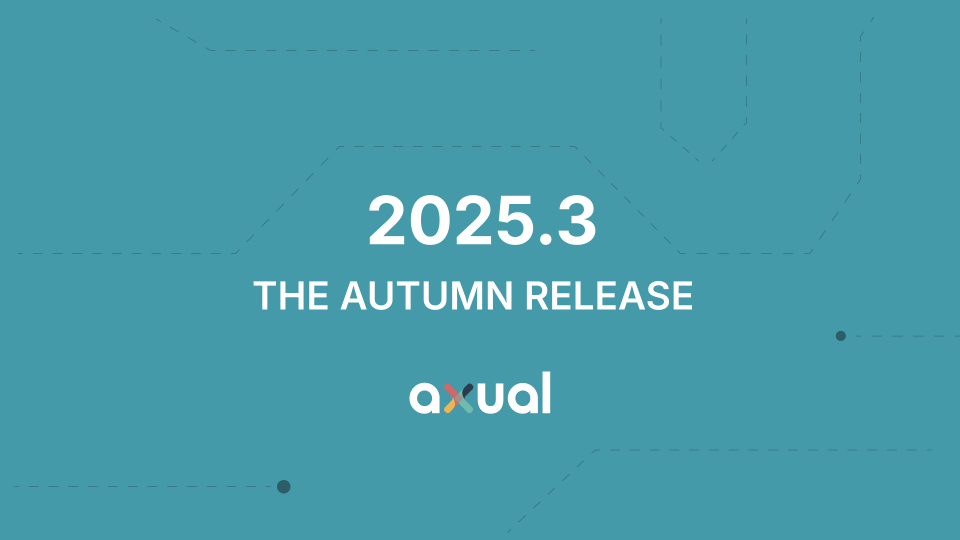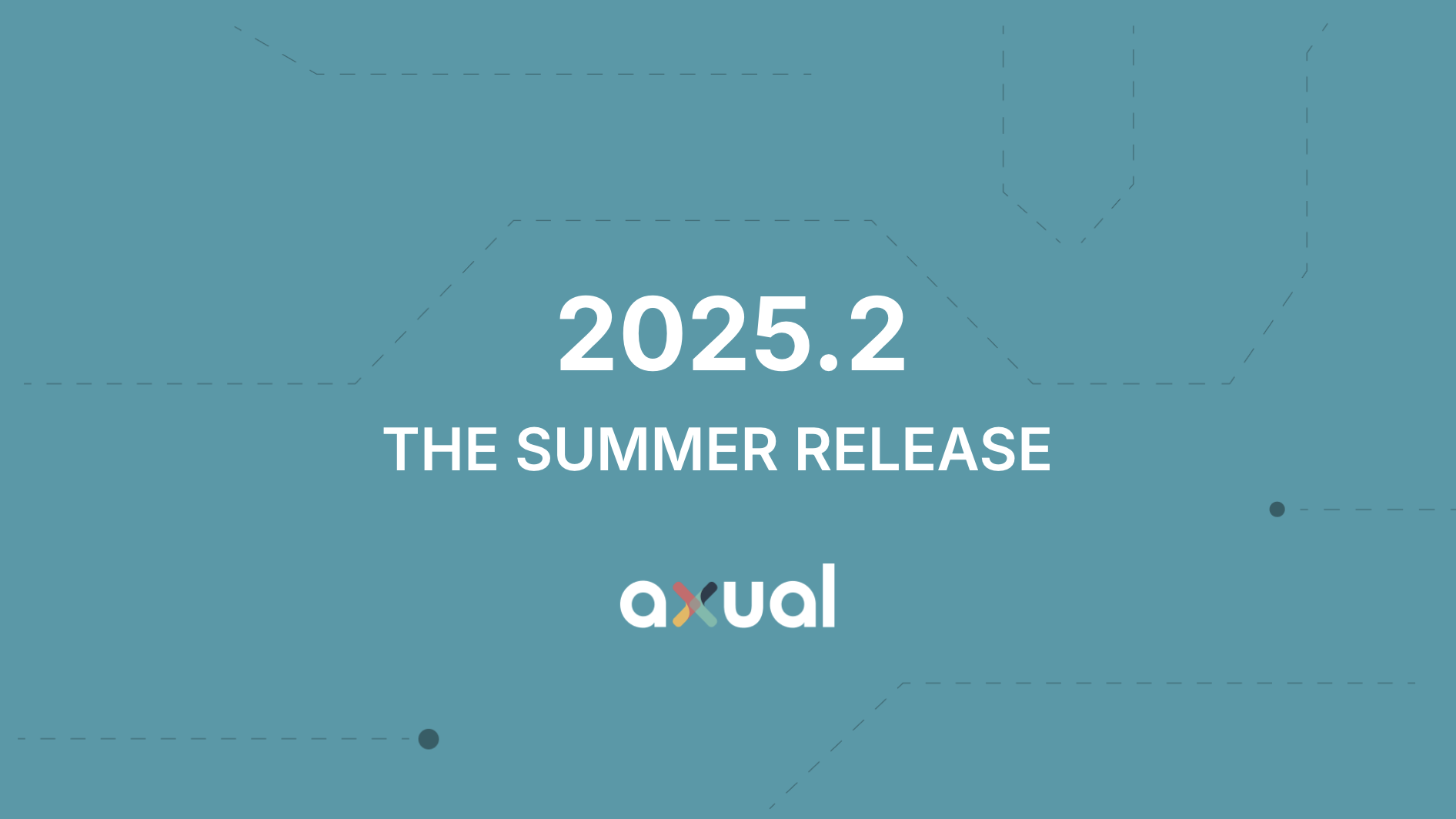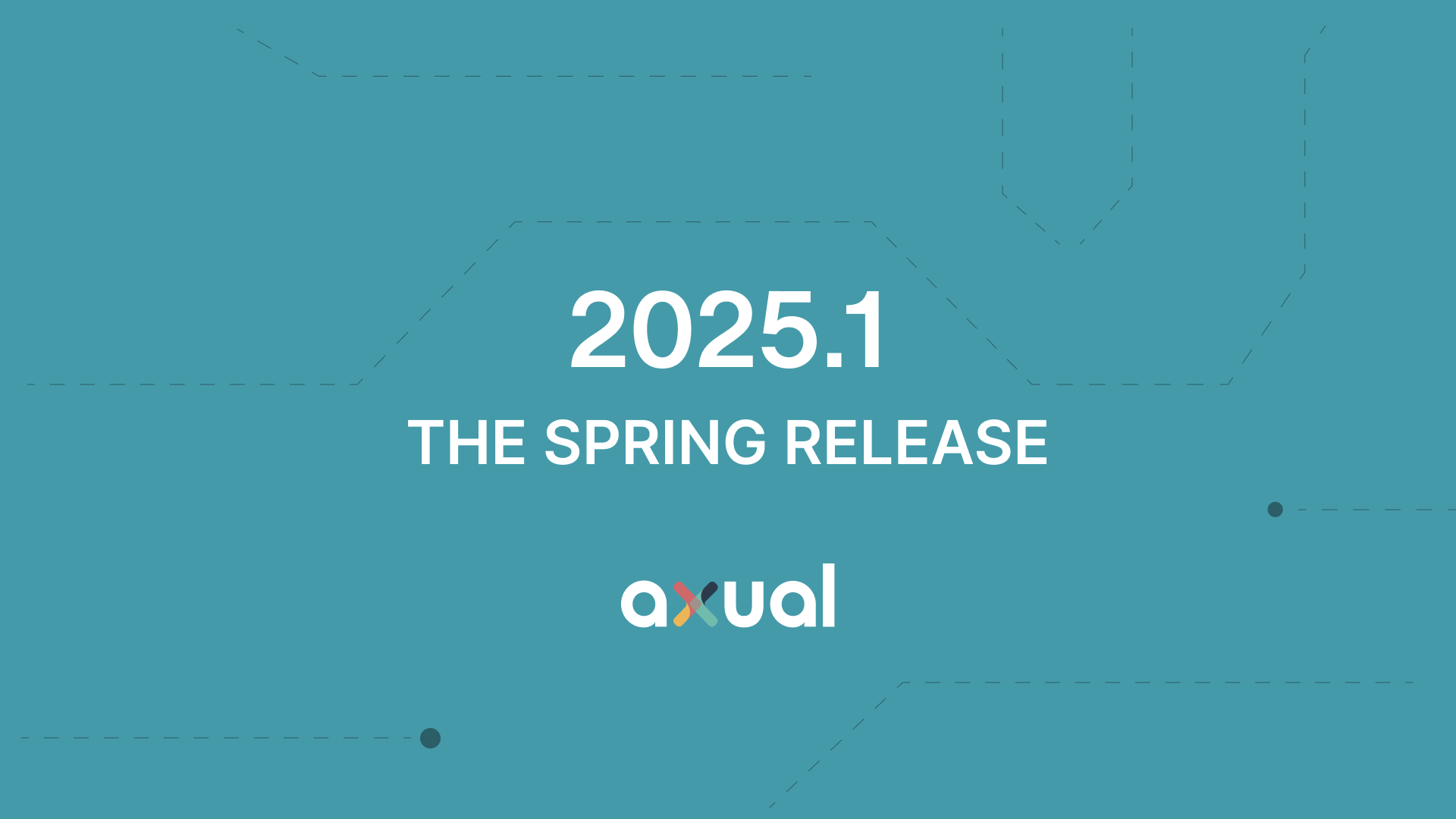Why you need RBAC and ABAC to Scale Apache Kafka across your organization
Apache Kafka is the leading open source event streaming platform. This platform enables organizations to use real-time data instead of batch data. In this blog we explore how role-based access control and attribute-based access control enables the use of Kafka® enterprise wide.

On this page
In today’s increasingly digital world, securing your systems is quite important. It is essential to protect data, resources, and systems from unauthorized access and malicious activity. And one of the most effective ways to do this is through role-based access control (RBAC) or attribution-based access control (ABAC).
In this blog, we will explain the following:
- What is role-based access control and attribution-based access control?
- When to choose RBAC or when to choose ABAC
- The benefits of RBAC and ABAC for Apache Kafka®
- The difficulties of implementing RBAC and ABAC
What is role-based access control and attribution-based access control?
Role-based access control (RBAC)
RBAC, or Role-Based Access Control, is a model for controlling access to resources or operations within a computer system. It is based on the idea of assigning roles to users, and then defining permissions for each role. This allows an administrator to easily manage access to resources by simply assigning roles to users, rather than having to manage individual permissions for each user.
RBAC can be arranged in a tree-like structure. At the top of the hierarchy are high-level roles, such as “admin” or “manager,” which have broad permissions. These roles can be further divided into sub-roles with more specific permissions. For example, a “sales manager” role may have permissions to view sales data and generate reports, but not to make changes to the accounting system.
RBAC is commonly used in enterprise systems to manage access to sensitive data and operations. It allows an administrator to quickly and easily set up access controls for a large number of users, and to make changes to those controls as needed.

Attribution-based access control (ABAC)
Attribution-based access control is a model of access control that aims to ensure that users are only able to access resources that they are authorized to use. This is typically accomplished through the use of attributes, which are characteristics or properties associated with a user or resource. In this model, access decisions are based on the attributes of both the user and the resource. For example, a user with the attribute “data owners” might be granted acces to view what groups and users are producing and consuming to what streams, while users with an attribute “Developer” can only see information abourt their own applications. This model allows for fine-grained control over access to resources, as the attributes of both the user and the resource can be used to make access decisions.

When to choose RBAC and when to choose ABAC
Both role-based access control and attribution-based access control have their place within organizations. Because of the similarities, people might struggle with choosing one over the other.
RBAC is typically used in organizations where there are clear, well-defined roles and responsibilities, and where it is desirable to grant access to resources based on those roles. On the other hand, ABAC is typically used in situations where it is necessary to have fine-grained control over access to resources, as the attributes of both the user and the resource can be used to make access decisions. ABAC is often used in situations where the relationships between users and resources are more complex, or where there is a need for dynamic, context-based access control. Additionally, ABAC is often used in situations where it is necessary to enforce complex policies that involve multiple attributes and conditions.
The benefits of RBAC or ABAC for Apache Kafka®
When you want to scale event streaming within your organization, having some sort of RBAC or ABAC policies in place to manage Kafka® is very important. It allows you to decide who can change the settings of topics, who has access to produce or to consume to certain topics and more. This level of granularity in access control helps organizations to meet their compliance and regulatory requirements while also protecting against unauthorized access and data breaches.
The challenges of implementing of RBAC and ABAC
Implementing RBAC (Role-Based Access Control) and ABAC (Attribute-based access control) with Apache Kafka® can present some challenges for organizations. One of the main challenges with implementing RBAC is ensuring that the roles and access controls are defined correctly. This requires a thorough understanding of the data and resources being protected, as well as the users and their roles within the organization. Incorrectly defining roles and access controls can result in unauthorized access to sensitive data or the inability to perform necessary actions. It also can be a time-consuming process in order to make sure that all the correct access rights are defined and assigned to the right roles.
Another challenge with implementing RBAC is ensuring that the system is properly configured to enforce the defined roles and access controls. This requires a deep understanding of the underlying technology and the ability to properly configure and test the system to ensure that it is functioning correctly. It also requires having a process in place for managing and updating the access controls as the organization’s needs change over time.
ABAC (Attribute-based access control) can be even more complex to implement, as it requires organizations to define and manage complex access policies based on a variety of attributes. This can be a challenging task. Additionally, it can be a complex task to define, manage, and update these policies as the organization’s needs change over time, and to make sure that they are working properly.
Furthermore, ABAC often requires having a centralized policy-decision point, to evaluate all the attributes of the user and the resource and decide whether the user has access or not. This can also add complexity to the infrastructure and can be a scalability concern.
A core operation’s platform functions like a central nervous system within the organization. This platform can consist of a website that serves as a hub for ecommerce, inventory management, payment processing and logistics manager. All these components produce real-time data that can be used to build a bird’s eye view of the business at large. This view helps you to point out places within the organization where there is opportunity to increase revenue.
How Axual can help you
Axual provides a one-stop solution for Apache Kafka®. This means that our product comes packed with features to facilitate scalability, data governance and other enterprise features. One of these features is role-based access control and attribute-based access control. We aim to simplify streaming, so you don’t have to worry about Kafka®, but can focus on adding business value. Do you want to know more? Click here to book a demo or to get in contact with one of are Kafka® experts
Answers to your questions about Axual’s All-in-one Kafka Platform
Are you curious about our All-in-one Kafka platform? Dive into our FAQs
for all the details you need, and find the answers to your burning questions.
RBAC simplifies access management by grouping users into predefined roles, making it easier to manage permissions as your Apache Kafka deployment grows. This structured approach allows organizations to standardize access controls across teams, reducing the risk of misconfiguration and ensuring that only authorized users have access to Kafka resources like topics, consumer groups, and clusters, thereby enhancing security and efficiency as Kafka scales.
ABAC enhances Kafka’s security by allowing fine-grained access control based on a combination of attributes such as user roles, data sensitivity, time of access, or resource types. This flexibility is essential in large-scale environments where more nuanced access rules are needed to meet security policies or compliance standards. ABAC enables organizations to enforce context-driven access decisions, ensuring that users only interact with Kafka resources in appropriate situations.
Role-Based Access Control (RBAC) and Attribute-Based Access Control (ABAC) are two widely-used methods for managing access to resources. Understanding the key differences between them is essential for selecting the best approach for your organization’s needs. RBAC assigns access based on predefined roles, where users are granted or denied access depending on their specific role within the company, such as “administrator” or “developer.” This simplifies access management by grouping users and permissions, making it easy to implement in straightforward environments. In contrast, ABAC uses a more dynamic approach by evaluating multiple attributes, such as user role, resource type, location, or time of access. This allows for finer control and is better suited for complex environments where more flexible and context-driven access policies are needed.
Related blogs

Axual 2025.3 release introduces KSML 1.1 integration for automated stream processing deployment, group-based resource filtering for multi-team governance, and experimental MCP Server for AI-driven platform operations. Includes JSON schema support, Protobuf processing (beta), and enhanced audit tracking for enterprise Kafka implementations.

The Axual 2025.2 summer release delivers targeted improvements for enterprise-grade Kafka deployments. In this post, we walk through the latest updates—from enhanced audit tracking and OAuth support in the REST Proxy to smarter stream processing controls in KSML. These features are designed to solve the real-world governance, security, and operational challenges enterprises face when scaling Kafka across teams and systems.

Axual 2025.1 is here with exciting new features and updates. Whether you're strengthening security, improving observability, or bridging old legacy systems with modern event systems, like Kafka, Axual 2025.1 is built to keep you, your fellow developers, and engineers ahead of the game.
